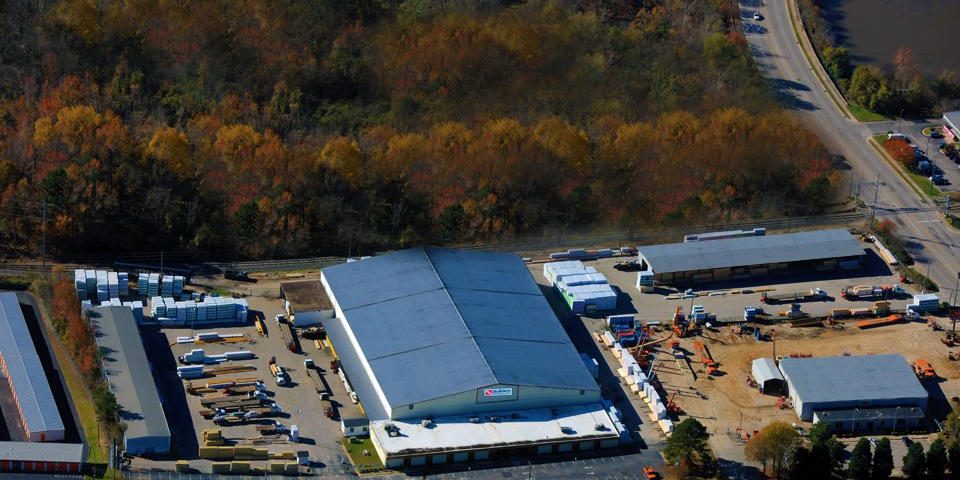Redevelopment Impact on Industrial Outdoor Storage (IOS) Sites
The landscape of industrial outdoor storage sites has undergone significant changes over the last 5 years, most profoundly in the last 24 months due to high occupancy across the real estate vertical and the loss of inventory due to the redevelopment of aged industrial sites, with a preference towards large format distribution facilities and alternative redevelopment projects. As urban areas continue to evolve and adapt to shifting market demands, the availability of industrial outdoor storage spaces has diminished. Our firm helps clients strategize and plan for the decline of industrial outdoor storage sites and the challenges it poses for businesses in need of such facilities.
Redevelopment and the Shift Towards Large Format Distribution Facilities
In recent years, there has been a growing trend towards the redevelopment of aging industrial sites, driven by factors such as urban revitalization, changing consumer preferences, and the rise of e-commerce. Developers and investors are increasingly inclined to repurpose industrial sites with low coverage ratios into large format distribution facilities to meet the demands of modern logistics and distribution networks. These facilities are designed to accommodate high volumes of inventory and employ advanced automation and technology to streamline operations.
Limited Space for Industrial Outdoor Storage
As the focus shifts towards large format distribution facilities, the availability of land for industrial outdoor storage diminishes. These new developments prioritize maximizing indoor warehouse space, leaving limited room for outdoor storage requirements. Consequently, businesses seeking industrial outdoor storage sites face greater challenges in finding suitable locations that meet their specific needs, particularly in proximity to urban areas, and transportation like highways and rail.
Redevelopment and the growing demand for large format distribution facilities have intensified competition for industrial land. Developers and investors are vying for prime locations, leading to increased land prices and reduced availability of sites suitable for outdoor storage. As a result, businesses seeking industrial outdoor storage face limited options and may encounter difficulty securing a site that aligns with their logistical requirements.
Further, the high demand and lack of housing stock, the competition for the diminished supply of IOS sites from a variety of industries supporting that housing demand is immense. This competition has further driven pricing to levels that are problematic for most users.
Zoning and Land Use Restrictions
If those challenges were not enough, IOS sites face imposition of new zoning regulations and land use restrictions. Local authorities across the country are revising zoning ordinances to align with the changing landscape and urban planning objectives. These changes can restrict or prohibit certain industrial activities, including outdoor storage, in specific areas, further limiting the options for businesses in need of such facilities.
Finding Alternative Solutions
Given the challenges associated with the decrease in industrial outdoor storage sites, businesses must explore alternative solutions to meet their storage needs. One option is to engage in less traditional distribution models, for example specialized logistics parks, rail parks, or facilities that cater to outdoor storage requirements. That model tends to work best for larger organizations as opposed to more localized or smaller regional users.
Additionally, businesses must consider optimizing their indoor warehouse space by implementing efficient inventory management systems, adopting space-saving storage solutions, and reconfiguring their warehouse layouts. This approach can help maximize the utilization of available indoor space, in some cases reducing the need for extensive outdoor storage, making locating a site slightly easier.
The redevelopment of aged industrial sites with a focus on large format distribution facilities has led to a decrease in industrial outdoor storage sites. Limited space, competition for industrial land, zoning restrictions, and evolving market demands pose challenges for businesses seeking outdoor storage solutions. To overcome these obstacles, businesses must explore alternative storage options and optimize their existing indoor warehouse space or smaller IOS sites. Adapting to the changing landscape of commercial real estate and logistics and getting way out ahead of pending lease expirations is essential for businesses to navigate the quickly evolving landscape and challenges of the industrial outdoor storage marketplace.









